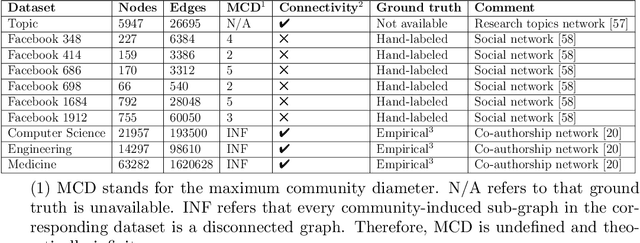Md Nurul Muttakin
Stylized Projected GAN: A Novel Architecture for Fast and Realistic Image Generation
Jul 30, 2023Abstract:Generative Adversarial Networks are used for generating the data using a generator and a discriminator, GANs usually produce high-quality images, but training GANs in an adversarial setting is a difficult task. GANs require high computation power and hyper-parameter regularization for converging. Projected GANs tackle the training difficulty of GANs by using transfer learning to project the generated and real samples into a pre-trained feature space. Projected GANs improve the training time and convergence but produce artifacts in the generated images which reduce the quality of the generated samples, we propose an optimized architecture called Stylized Projected GANs which integrates the mapping network of the Style GANs with Skip Layer Excitation of Fast GAN. The integrated modules are incorporated within the generator architecture of the Fast GAN to mitigate the problem of artifacts in the generated images.
Overlapping Community Detection using Dynamic Dilated Aggregation in Deep Residual GCN
Oct 20, 2022



Abstract:Overlapping community detection is a key problem in graph mining. Some research has considered applying graph convolutional networks (GCN) to tackle the problem. However, it is still challenging to incorporate deep graph convolutional networks in the case of general irregular graphs. In this study, we design a deep dynamic residual graph convolutional network (DynaResGCN) based on our novel dynamic dilated aggregation mechanisms and a unified end-to-end encoder-decoder-based framework to detect overlapping communities in networks. The deep DynaResGCN model is used as the encoder, whereas we incorporate the Bernoulli-Poisson (BP) model as the decoder. Consequently, we apply our overlapping community detection framework in a research topics dataset without having ground truth, a set of networks from Facebook having a reliable (hand-labeled) ground truth, and in a set of very large co-authorship networks having empirical (not hand-labeled) ground truth. Our experimentation on these datasets shows significantly superior performance over many state-of-the-art methods for the detection of overlapping communities in networks.
 Add to Chrome
Add to Chrome Add to Firefox
Add to Firefox Add to Edge
Add to Edge